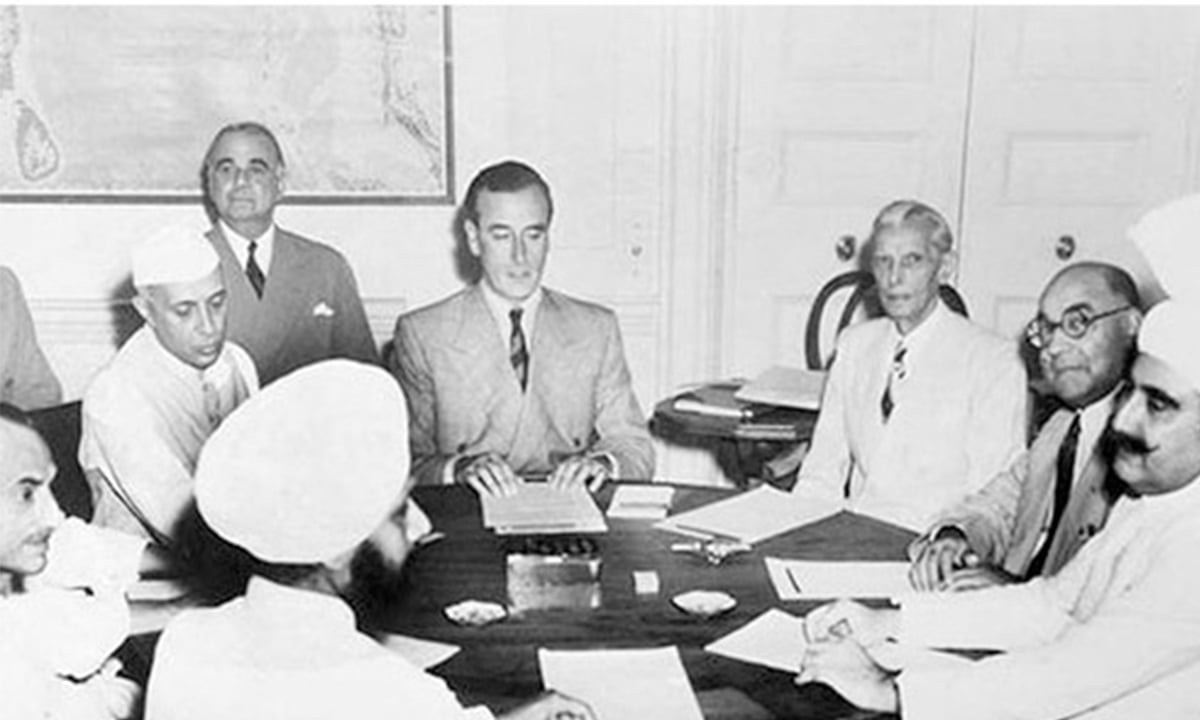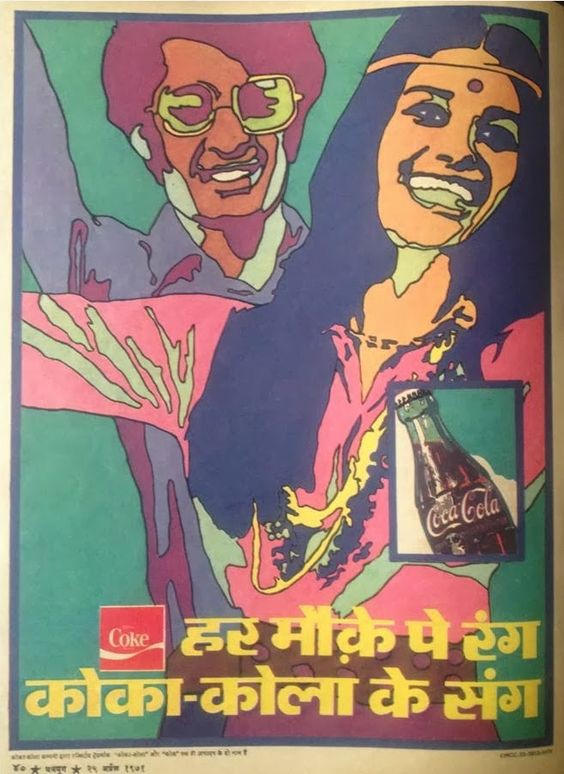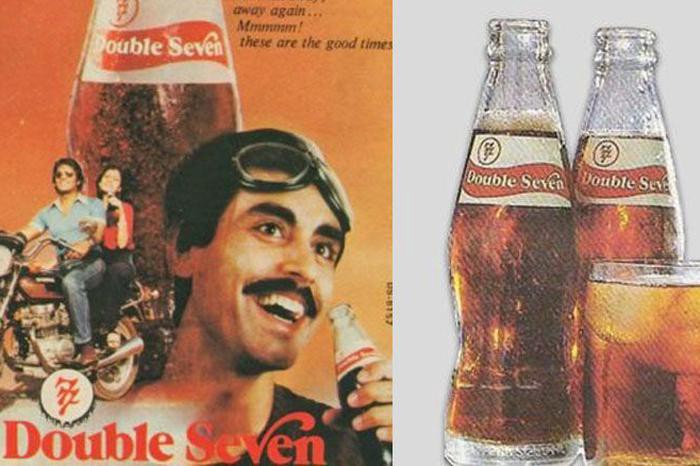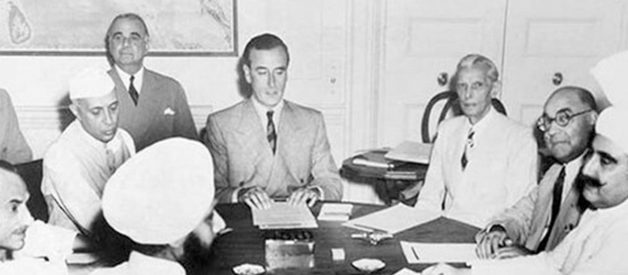Coca Cola: the American drink that is basically capitalism in a bottle. During the 20th century, as capitalism spread around the world, so to did Coca Cola, to the point where the only place left where you can get it today is North Korea. But Coca Cola has had an easier time in some places than in others. And in this post, we?re going to see how it took Coca-Cola almost half a century to capture one of the world?s biggest markets. India.
Cola-Cola, India, and socialism
Coca-Cola?s entry into India, like in many other markets, came on the back of pure opportunism. India had become independent in 1947. and within three years, Coca Cola had already established a bottling plant in New Delhi.
Now, India?s first independent government was determined to take India down the path of socialism, which of course meant supporting the local industry at the expense of foreign companies. This was obviously bad news for Coca Cola, mostly because it had very few sympathizers in the Indian government.
In response to socialism, Coca-Cola?s idea was to become entrenched in Indian culture before the government could really respond. After all, in those early years, independent India had much bigger problems to deal with than a foreign fizzy drink.
Thus while India was recovering from a bloody conflict with Pakistan, Coca-Cola was busy setting up a distribution network across the country. Coca-Cola?s timing was perfect. Just a few years later, Pepsi was denied entry into the Indian market while Coca-Cola was making bank.
 When the British left, Nehruvian socialism came
When the British left, Nehruvian socialism came
Coca-Cola?s success in India, however, would eventually become its undoing. As successive governments leaned ever further towards the left, Coca-Cola became public enemy number one in the eyes of Indian politicians.
A favorite statistic of theirs was the fact that while only 10% of India?s villages had safe drinking water, 90% had access to Coca-Cola.
In the eyes of a protectionist government, Coca Cola being more accessible than water was a very bad sign. But overthrowing the powerful American company would not be easy.
Coca Cola picks a fight with an Indian government
Coca Cola had indeed become entrenched in Indian society and it would take a very severe crisis to bring it down. Such a crisis did happen in the mid-1970s when India was actually on the brink of revolution following the third war with Pakistan and almost dictatorial control of government by Indira Gandhi.
Civil unrest against the socialists was growing out of control. Nationwide strikes and political assassinations were becoming the norm. And to deal with that, Gandhi issued a state of emergency between 1975 and 1977. This dark period of Indian history saw thousands of politics thrown in jail, a total suspension of civil liberties, and government control over the press.
 Vintage Coke ad in Hindi (source)
Vintage Coke ad in Hindi (source)
It also presented a great opportunity for the government to finally throw Coca-Cola out of India. Amidst the chaos, the socialists enacted a law that prevented foreign companies from owning more than 40% of any business in India. Coca-Cola would have to effectively give up its ownership.
And more importantly, it would have to surrender its secret recipe and to make it locally in India rather than importing it from the US.
Faced with little choice, Coca-Cola left India in 1977 alongside more than 50 other American companies.
India starts making coke
When the US business left India, this created a huge void in the Indian soda market, not just for Coca-Cola, but for Sprite as well. The local competition was, of course, happy at this opportunity. And over the next decade, they expanded rapidly filling the market with substitute products. Even the government cashed in by grading a state-sponsored Cola called Double Seven to commemorate the end of the emergency.
 India?s Double Seven (source)
India?s Double Seven (source)
Coca-Cola, however, was not so easily defeated. And when the socialists finally lost its grip on India in 1991, Coca-Cola came back with a vengeance. Riding a wave of economic liberalization, Coca Cola re-entered India in 1993.
That very same year, they acquired the most popular brands that have developed in their absence. In fact, All four sodas I mentioned earlier were purchased by Coca Cola for $40 million, giving the company a staggering 50% market share from day one.
Since then, Coca-Cola?s domination has only increased and today their share has arisen to just over 60% with its only real competitor being Pepsi at around 35%. So despite decades of political opposition, Coca-Cola did eventually conquer India. And the way it did so was honestly quite the power move.
If you enjoyed reading and would like us to make more content, click the clap button ??? To watch more BC videos, visit our YouTube channel and subscribe!


